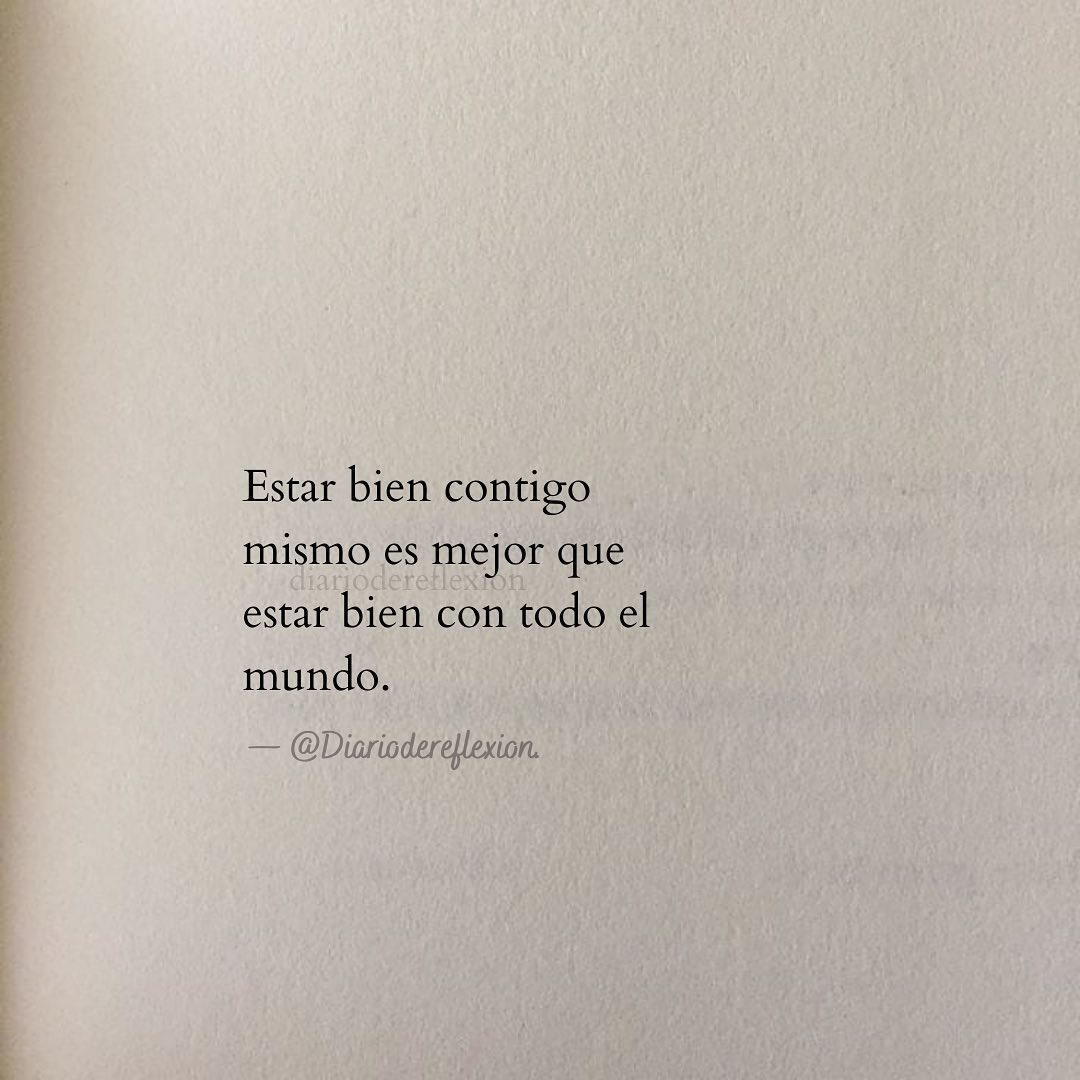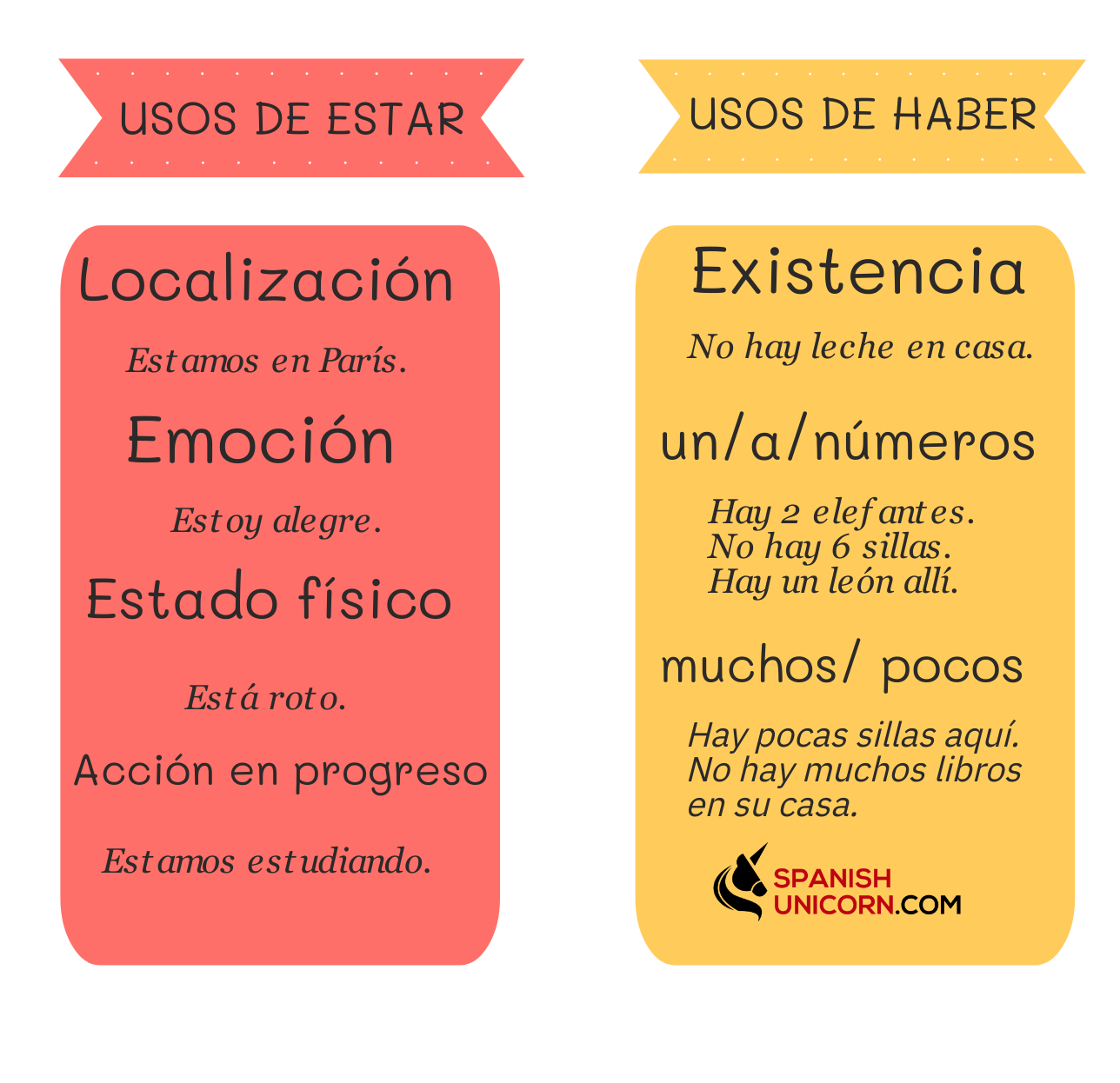
Wey siempre hay que estar juntas Imágenes divertidas, Imágenes
Hay que + infinitive is used to express the idea of "one must do something" or, "it is necessary to do something.". It is a more general expression and since there is no subject, the verb form hay is always used. Hay que tomar un taxi. It is necessary to take a taxi. Hay que estudiar mucho. One must study a lot.

Pin en Frases
Many translated example sentences containing "hay que estar" - English-Spanish dictionary and search engine for English translations.

Hay Que Estar YouTube
Usos del verbo haber y estar Usamos HAY cuando: - es una forma impersonal - indica la existencia de algo - usamos el verbo haber con artículo indeterminado (uno / una…) - usamos con sustantivos pluralesÍ hay + un / una / unos / unas hay + 2 / 3 / 80 / 9999 / etc. (hay + números) hay + mucho / poco / muchos / pocos

wey siempre hay que estar juntas cholos Búsqueda de Google Lionel
Hay y estar Publicado por María en 20 mayo, 2011 En esta tapa gramatical vamos a abordar el contraste entre hay y estar. Aprende a usar cada verbo correctamente con la teoría y ejemplos que encontraréis aquí. Hay y estar: teoría y ejemplos Observa los ejemplos y escribe tus ejemplos aquí, en comentarios del blog. Hay y estar

Siempre hay que estar atentos Lockscreen, Movies, Movie Posters, Films
1. '¡Ay!' La palabra 'ay' sin hache corresponde a una interjección que se utiliza para expresar diversos estados de ánimo, como por ejemplo aflicción o dolor, según la RAE (Real Academia.

A veces hay que aprender a estar solo FRASES.PW
1. Hay, the impersonal form of "haber" in the present tense, is used to indicate the mere existence of the person or thing. While estar, on the other hand, is used to say where something or someone is located. Sometimes, the difference in meaning between estar and haber can seem subtle. El loro está en la jaula (the parrot is the cage).

La ciudad SER / ESTAR / HAY EO Español Online
The verb estar is used to denote the location (not their existence) of physical objects including geographical objects. (non-physical objects like the party, the meeting, the reunion, use Ser for denoting the location) Hay una reunión esta tarde. (existence) La reunión es en la oficina del Señor Smith. (location). Ser/estar with location.

Hay cosas peores que estar solo. Fito Páez y Ciudad de pobres corazones
Hay que estar preparados - »Sean como criados que están esperando a que su amo regrese de un banquete de bodas, preparados y con las lámparas

Pin en memes
Aquí hay un sitio libre. Here, there's a free seat. to mean have to in a general sense: hay que + infinitive (always 3rd person singular) Example: Hay que hacer más deporte. You have to do more sport. as a help verb in different compound tenses Example: Te he dicho que hagas los deberes antes. I told you that you ought to do your homework.

Para ganar todo, hay que estar dispuesto a perderlo todo* Rincon del
7. Verbs ser, estar, hay. In Spanish, there are different ways to say that something exists or is located somewhere. It is important to know when to use ser, estar or hay, when in English the verb "to be" would be used. Ser and estar have irregular present tense forms and conjugate as shown: ser (to be) soy. eres.

Te di la oportunidad para que fueras especial, que fueras la excepción
Ser, Estar, Tener, and Haber - Similarities How is it possible that all these verbs mean "to be"? Take a look: Mira, hay un gatito debajo de nuestro coche. Creo que tiene tan solo unos meses.Es negro y blanco y está muy sucio.. Look, there is a kitten under our car. I think it is only a few months old. It is black and white and it is very dirty.. You see? All four Spanish verbs.

SERESTARHAYTENER quiz AIL Malaga Spanish Language School
Estar (to be) is a verb that you conjugate as other verbs and its ending changes with each grammatical person. Está means " (it) is" and están means "they) are". We use it not to talk about the existence but the location of people or things. Definite article (el, la, los, las) + noun + está / están + place.

HipotecasyEuribor Blog
unesdoc.unesco.org. Be ready for them and, in positive ways, [.] be sure to take advantage of their energy and skills. unesdoc.unesco.org. unesdoc.unesco.org. Hay que estar preparado para todo, para. [.] intentar tener la pelota y también estar en un buen lugar si ellos toman el control.

Mis conmpas y yo en la peda bien amanesidos Wey siempre hay que estar
But if you're hanging out in a new town and you're looking to see the sights, there's an extra little trick to asking where something is, and it involves knowing when to use the verb estar and when to use the verb haber instead. ¿Dónde está ______? ¿Dónde hay ______? Both of these mean "where is ______?"

La pareja influye mucho en la vida de uno, por eso hay que estar con
On 30/05/2018 by SpanishUnicorn ¿Hay que o tener que? Hay que + infinitivo y tener que + infinitivo expresan obligación. (Are both ways to express obligation.) Ejemplo: - Martha está enferma. Ella tiene que comer vitaminas. - Mañana tengo un examen. Tengo que estudiar. - Cristiano está cansado. Tiene que dormir más.

Ejercicios estar hay ejercicios de gramática
Ser is used to express what something is, while estar expresses where or how it is. This table will show the difference between the two: Ser vs Estar. Ser is used: -To show possession: la casa es de José (the house belongs to José) -To show origin : yo soy de Mexico (I´m from Mexico) -To show what material things are made of: La falda es de.
